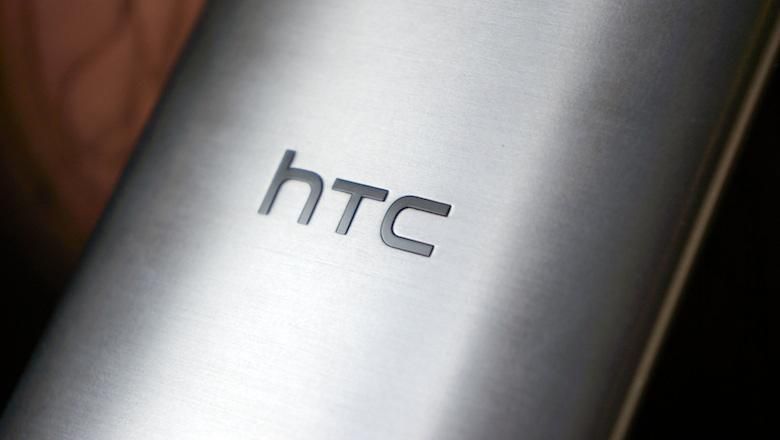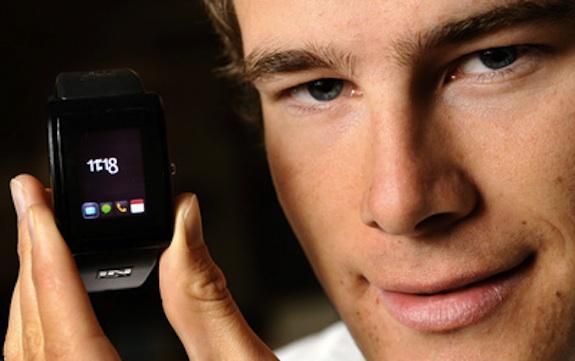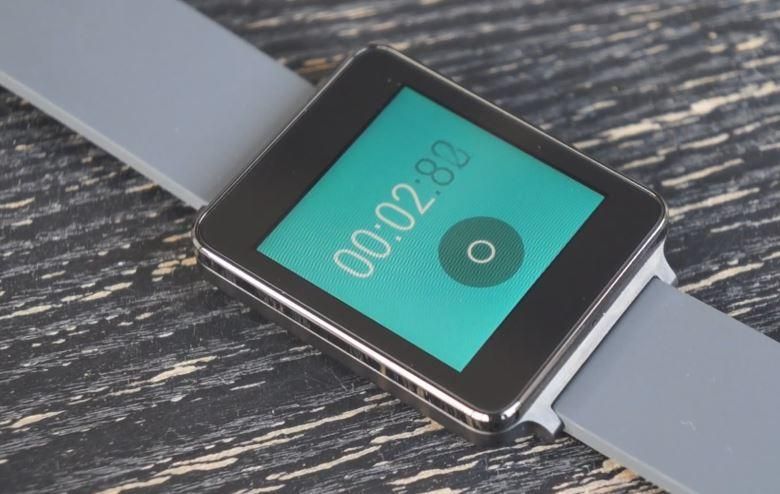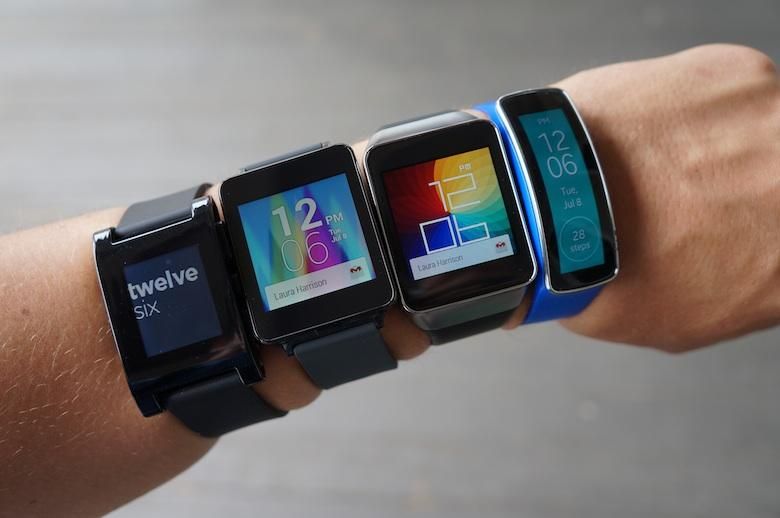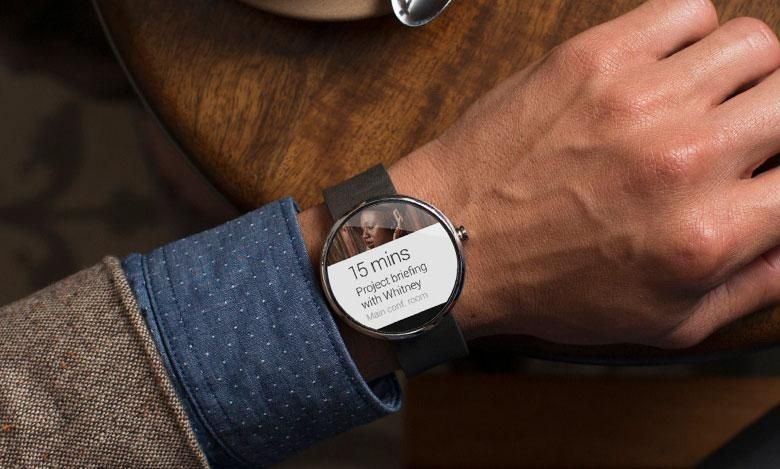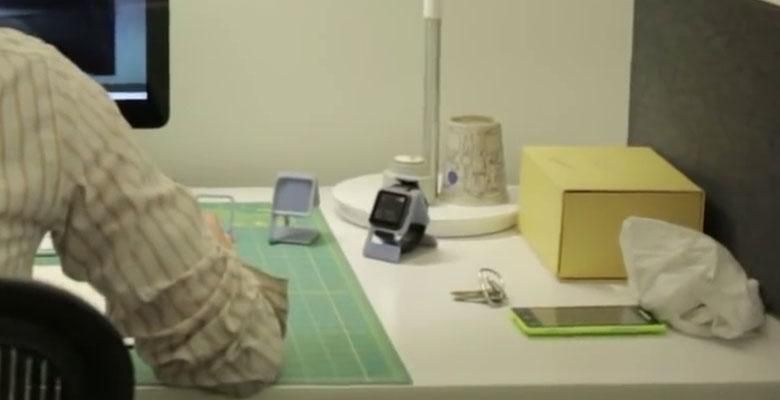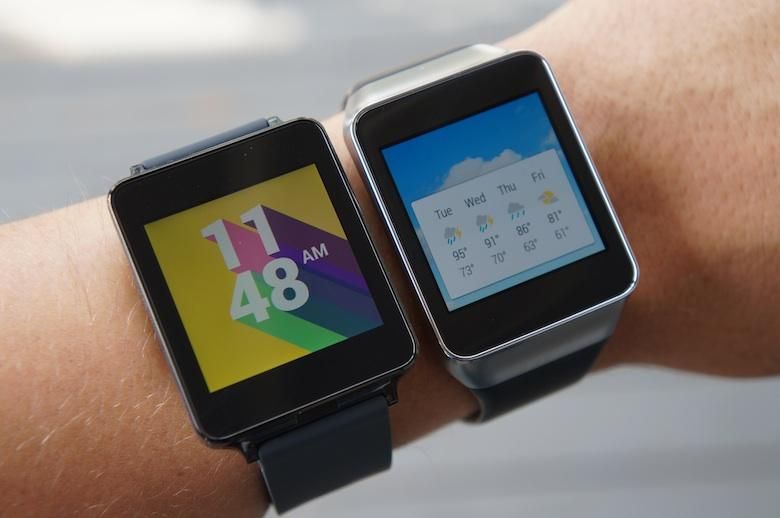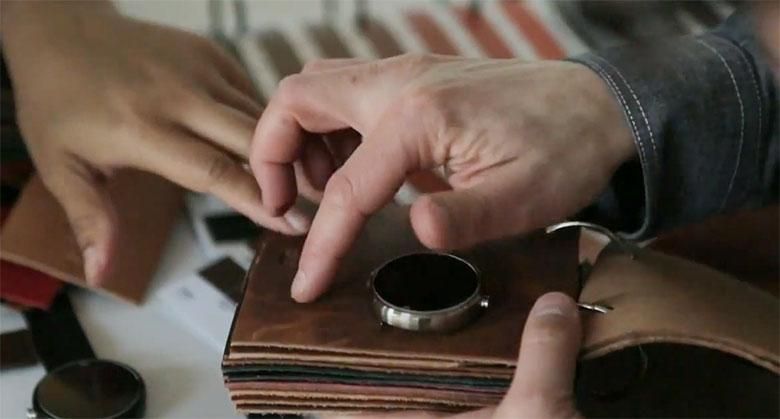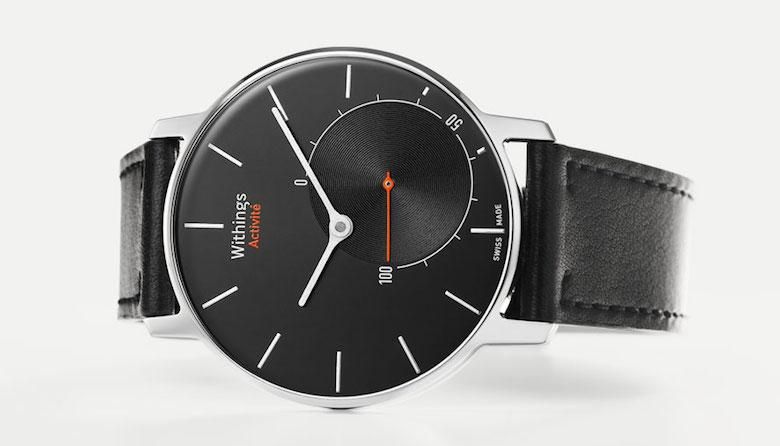Almost every mobile manufacturer has shown at least some interest in the wearables industry. Contrary to popular belief, however, smartwatches and wearable technology isn’t a new concept.
Technically, Bluetooth headsets are a type of wearable that have been around since the year 2000. And although most wouldn’t consider them “smart” by today’s standards, the first Bluetooth-enabled watches date back to 2006. Even earlier, “computer watches” from Casio and Seiko’s RC series date back to the 1980s.
But the wearable category we know so well today truly kick-started back in late 2009 when the pictures of the so-called BlackBerry Watch started making the rounds. Of course, Research In Motion wasn’t working on a watch itself, but we didn’t learn until later that it was Allerta, a third-party startup, building the watch. And it wasn’t called BlackBerry Watch. Instead, it was the inPulse smartwatch that promised Bluetooth-powered notifications, as well as extended functionality – at least for a watch.
Pebble CEO Eric Migicovsky holding the Allerta inPulse smartwatch
As promising as it seemed, the inPulse watch faced several delays and, once it finally shipped to eager buyers who placed pre-orders, it was discovered it was a very crude, infant marriage of smart capabilities and a typical wristwatch.
Some of the Allerta team would later become Pebble and fund its first self-titled smartwatch in the most successful Kickstarter campaign to date. Pebble also faced a few minor delays, but shipped to backers in spring 2013. Early reviews found that Pebble, albeit a step backwards from the inPulse smartwatch, was a solid product built from the ground up.
At the same time, Sony’s SmartWatch surfaced and startups like MetaWatch, i’m Watch, and WIMM Labbs started sprouting up. More importantly, larger manufacturers began to show interest in the wearables category. In late 2013, Samsung introduced the Android-powered Galaxy Gear, followed by the Tizen-powered Gear 2, Gear 2 Neo, and Gear Fit in early 2014. Pebble introduced its second watch, Pebble Steel, at CES 2014. And a host of wearables and wrist-mounted fitness trackers were also presented at the show in Las Vegas.
Android Wear has loads of potential
Google has since introduced and launched Android Wear, it’s wearables-centric operating system, and partners like LG and Samsung have launched corresponding hardware – the G Watch and Gear Live, respectively. Motorola also announced its Moto 360, though it has yet to launch.
And, finally, rumors of Apple’s iWatch – circulating since late 2012 – are mounding, claiming the device is nearing production and, thusly, release.
Despite being declared a fad by many, almost every notable mobile manufacturer has either created or is said to be creating a smartwatch of sorts. Big names like Samsung, LG, Apple and Motorola are among the most notable, but even smaller companies (at least in the mobile realm) – like Acer, Archos, and Swatch – are hopping on the smartwatch bandwagon.
Who isn’t on the wearables bandwagon?
Point being, as unproven as it may be, the wearable category has plenty of major companies behind it who seem to believe it’s the next logical step. However, to date, only a few smartwatches have truly piqued my interests. The inPulse smartwatch initially did because it was so different and new. Of course, it never lived up to expectations. On the other hand, the original Pebble did, as did the Pebble Steel. And now there are two Android wear smartwatches on my radar: the Moto 360 and whatever it is HTC is building.
The circular display of the Moto 360 is undeniably beautiful
We already know practically all there is to know about the Moto 360. Motorola announced it alongside Android Wear, and it showed the watch off at Google I/O. We’ve seen more renders than we can shake a stick at, and we know it’s going to launch “this summer” sometime. The only things we don’t know are finite specifications, pricing, or the official launch date.
However, HTC’s watch is truly a mystery. I like that. It adds to the aura.
Back in October, it was rumored HTC would be making a smartwatch that was more than “just a gimmick.” A trusted sourced told Bloomberg HTC CEO Peter Chou had talked about an Android-powered smartwatch. Now, of course, we know that to be an Android Wear watch, and such a device just so happened to appear in a behind-the-scenes video about HTC design and its standards for the utmost quality.
The “leaked” smartwatch HTC is denying
Surprisingly, HTC quickly denied the rumors and explained that what was shown in the video was not in any way confirmation of any products being made for consumer released, that it was simply showing encouragement for its designers “to explore and tinker with new ideas and even models.”
No less, of all the manufacturers currently working on smartwatches, HTC is one of the few I’d like to see deliver a watch.
These have to be the most boring smartwatches created.
Samsung, for instance, has failed to woo me with and of its recent smartphones or watches. The Galaxy S III, S4, and S5 were inherently boring and dull. Likewise, the Galaxy Gear, Gear 2, Gear 2 Neo, Gear 2 Fit, and Gear Live are all excruciatingly mundane. I’m split on LG. It’s G3 handset is beautiful and quite awesome, but the G Watch is on of the most unimaginative designs in a watch to date. I still love my Pebble Steel, but I’ve explained countless times that I’d love nothing more than Google Now integration. And the iWatch rumors do nothing for me as my staple daily driver platform is Android.
I have few doubts that I’ll like the Moto 360, provided it isn’t one of the biggest flops of the decade. I’ve seen it in dozens of videos, I’ve stared at the 360 degree gif for a few hours in total, and the potential of Android Wear is insurmountable.
But HTC has a capacity for design and materials few other Android OEMs do. The One M7 and One M8 are two of the best looking smartphones ever made. I’ve been more satisfied with my One M8 than just about any other smartphone I’ve bought in the past few years, save for the Moto X. And with Android Wear, HTC only truly has to focus on hardware – something it has always excelled at.
The more I see the Moto 360, the bulkier it looks. In this particular shot, it looks more like a pocket watch.
Of all the current smartwatches, the Moto 360 has the most classic timepiece appearance, especially among the Android Wear watches. However, it’s notably bulky and thick. Just taking a quick look at some of the hands-on videos shows that the Moto 360 is no sleek wristwatch. And the most recent renders from now-retired @evleaks show that a pretty significant gap exists between wrist strap and watch itself. Though gorgeous, the Moto 360 is anything but sleek.
Withings has created what is undoubtedly the most sleek (technically) smartwatch yet.
HTC, however, has a knack for the elegant. The tapered edges of the One M8 make it feel razor thin, even though it isn’t. And the M7 and M8 are just beautiful.
Provided HTC can design a watch after either one (or both) of these handsets, it could switch me from the fan favorite Moto 360. And frankly, I can’t think of any other manufacturer who could currently do that.
Think of a balanced middle ground between the Moto 360 and Withings Activité. It’d be gorgeous.
HTC, make it happen. For the love of all things that are good in this world, make it happen.
What say you, readers? Do you think HTC is capable of making a watch as nice – if not nicer and more sleek – than the Moto 360? Which Android Wear camp are you in? Sound off below!

